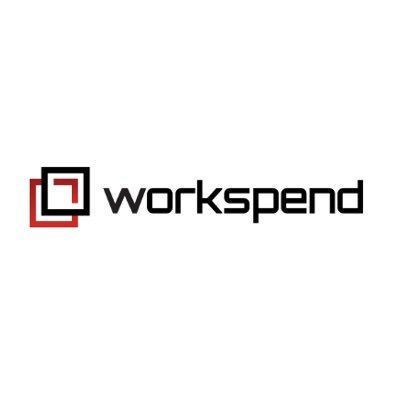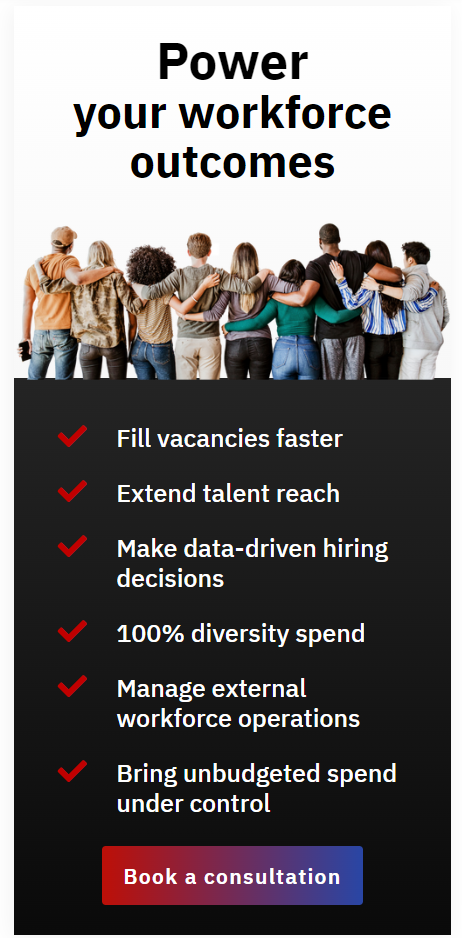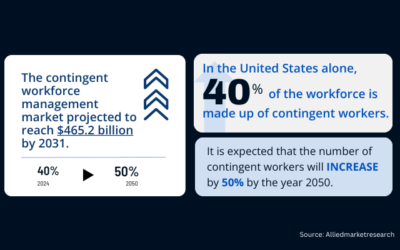
Chloe Mumford - 6 min read
Could you benefit from a Statement of Work solution?
Statement of Work (SOW) contracts are immensely helpful for businesses, particularly those that deal with contingent workers. However, writing them can prove to be challenging. You might be unsure whether to invest in a solution that helps you produce effective and legally valid SOWs. Here’s what you should know.
What is a Statement of Work (SOW)?
A Statement of Work is a legally binding contract used to define project-specific activities, timelines, standards, and deliverables for a service provider (i.e., vendor, contractor, agency, freelancer). These are the crucial details about the who, what, where, when, and how much provisioning work into packets of activities.
SOW contracts are growing in popularity because they offer organizations a contractual instrument that frames contractor remuneration based on achieving one or more project outcomes; this is an alternative to paying for hours worked with no liability on the provider to achieve results.
The Importance of SOW
Adopting SOW guarantees there are no misunderstandings between contractors/vendors and your company. Additionally, it protects your business from contractors/vendors changing their minds and asking for payment, having claimed they were enlisted for different deliverables, a different timeline, or other details that were perhaps discussed but not formalized. With a Statement of Work, all these details are set out in the contract terms to minimize the chance of miscommunication.
Types of Statement of Work
Design/Detail Statement of work
This type of SOW describes to the vendor, contractor, or supplier how to complete the job and what procedures to follow. It details the special requirements of a project. This could include identifying exact measurements, the material used, the required tolerances, or quality control requirements. This SOW is recommended for manufacturing or construction jobs, and for government contracts where strict standards are required.
Level of Effort/Time and Materials/Unit Rate Statement of work
These are commonly used by hourly service providers. It’s often viewed as a ‘one-size-fits-all’ SOW type because of its versatility. Simply put, it outlines the timeframe and materials required to complete the job. Overall, it gives a general description of the job to be completed, and what is required to complete the job.
Performance-based Statement of work
Performance-based SOWs set out contract conditions which are measured on a performance-based structure. This means that the equipment is already provided to the contractor, the project goal is supplied, and the desired end results are given. However, it does not tell the contractor how to complete the job. This provides the contractor with a lot of flexibility and autonomy on how to get the job done, emphasizing results over process.
Benefits of using a Statement of Work
There are numerous compelling reasons why you should consider getting a tool to help you produce top-tier SOWs, here’s a few.
Build trust
SOWs build trust between two parties, as everyone involved knows exactly what is expected of them. In case something goes wrong on either end, both parties are protected. It allows you to build a relationship with the contractor without worrying about breaches in agreement. A statement of work keeps you safe, prevents risk, and keeps each party accountable.
Save time
Having a good SOW contract in place allows negotiations to run more smoothly and stay on top of productivity. Writing it from scratch can prove to be a time-consuming, even risky, activity. Additionally, getting a solution that walks you through each step of creating a SOW saves you a significant amount of time and worry about missing out something important.
Reduce admin
Utilizing a software or tool that specializes in creating SOWs can be incredibly beneficial for businesses of all sizes. Not only does it streamline the process of crafting detailed and accurate SOWs, but it also allows administrative staff to save valuable time and energy that would otherwise be spent on manually creating these documents. With a reliable SOW tool in place, businesses can ensure that their SOWs are consistently high-quality and error-free while freeing up their administrative teams to focus on other important aspects of the business, such as managing finances, coordinating projects, or communicating with clients.
Why should you invest in a SOW solution?
Purchasing a tool for streamlining the production of SOWs can be very beneficial for businesses that work with contingent workers (e.g. independent agencies and contractors, freelancers, vendors, etc.) to complete projects. Which is to say, this makes up a significant portion of modern businesses.
Writing up an effective SOW that meets all industry standards can be quite challenging. To prevent misunderstandings, it’s critical to include every project specific detail that could be relevant, such as timeframes, deadlines, deliverables, materials and software/hardware to be used.
It’s an effective way to ensure that the work done meets your expectations and is delivered within an expected timeframe, to your exact standard. A good SOW can assist in building a foundation of trust with your contractor, creating quality long-term business partnerships.
Upcoming Events
How to leverage analytics to manage your contingent workforce program
Feb 15, 2024 | Virtual Event
How Workspend’s WRAP analytics platform drives better MSP outcomes
Feb 22, 2024 | Webinar
ProcureCon Contingent Staffing
April 03 – 05, 2024 | Live Event
You may also like:
Navigating Workforce Management: To MSP or Not to MSP?
Managed Contingent Workforce: To MSP or Not to MSP?In the continually evolving landscape of workforce management, businesses often find themselves at a crucial crossroads – should they handle the management of their contingent workforce internally, or would partnering...
AI Should Augment Human Intelligence, Not Replace It
Will smart machines replace human workers? How human intelligence can work with artificial intelligence to produce augmented intelligence.
Reducing Contingent Labor Costs: Strategies for Maximizing Efficiency
Discover how Workspend can help you reduce contingent labor costs and boost efficiency. Gain insights, implement strategic sourcing, optimize workforce planning, and ensure compliance. Partner with us for streamlined solutions. Contact us today!
Power your workforce outcomes with a diversity MSP






